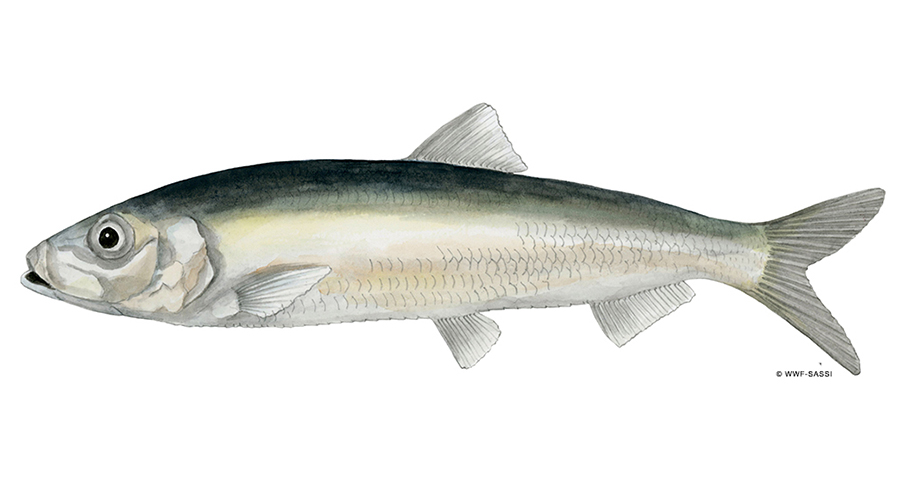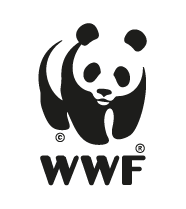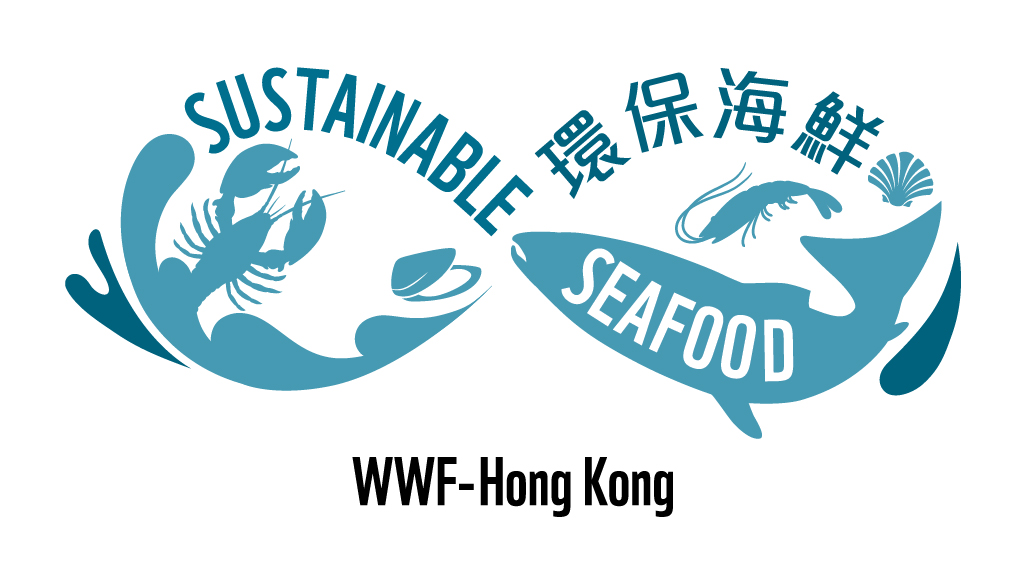
The Pacific herring stock collapsed during the 1980s and its status remained low after the drastic decline for about 30 years. Since 2015 the biomass has shown a rising trend and is currently at a medium level.
Declines of seabirds have been linked to the impact of gillnet fisheries. Therefore, pelagic gillnet fishery is considered likely to cause significant damage to some endangered, threatened, protected (ETP) species. The discard rate of this fishery is moderate and the survival rate is low. Information about the overall ecosystem impact by pelagic gillnet fishery in Japanese waters is insufficient. The pelagic herring fishery by gillnet is not destructive to the benthic habitat.
Japanese fisheries are managed by the Ministry of Agriculture, Forestry and Fisheries (MAFF). Measures concerning the protection of ETP species are unknown. Discard and bycatch mitigation measures are unknown. Mixed fishery objectives are not explicitly addressed. Monitoring is largely effective and data is publicly available. Fisheries activity is effectively controlled and compliance is enforced. Fisheries policy is partly transparent and open to stakeholder participation. The overall management is partly effective.

